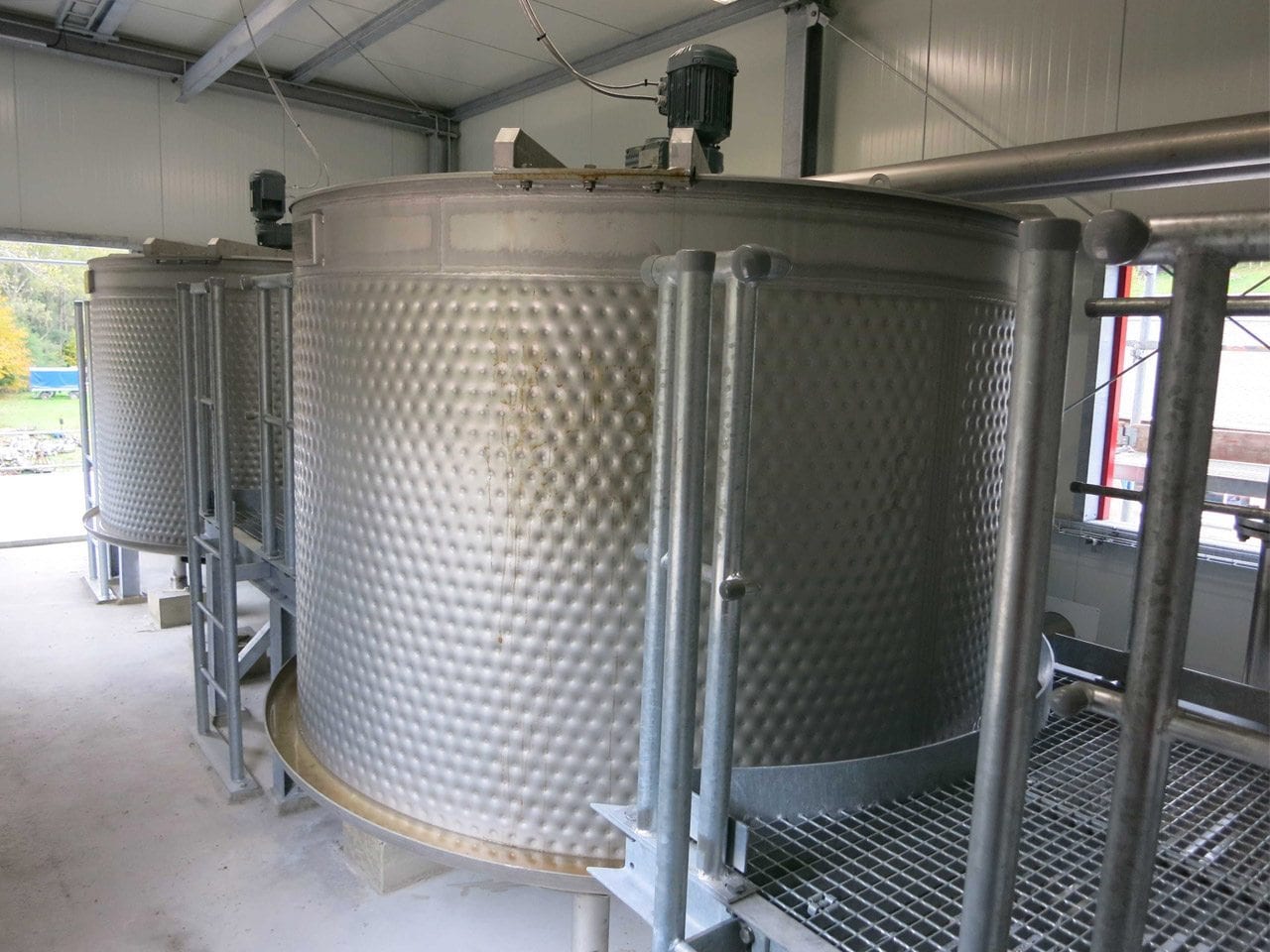Cooling and Temperature Control of Wastewater
A key aspect in the effective treatment of wastewater streams is the water temperature during different treatment stages. In addition, wastewater treatment plant operators need to meet temperature limit values, with matters of energy recovery and odor nuisance a required consideration.
Temperature of Wastewater
Taking into account wastewater volumes and their composition, the wastewater temperature also constitutes an important basis in the planning and optimization of a client’s wastewater treatment system. Partial streams of water that are too cold do not pose a problem, particularly for anaerobic reactors such as the UASB (Upstream Anaerobic Sludge Blanket), the EGSB (Expanded Granular Sludge Blanket) and the IC (Internal Circulation) reactor, since the bacteria rely on a minimum temperature. However, if the water is too warm in the biological treatment stage, it can damage the biomass.
Societal Relevance of Wastewater Cooling
Besides making wastewater treatment efficient, operators of wastewater treatment plants must consider the societal implications of wastewater streams. In order to protect adjacent water bodies and their inhabiting organisms, public regulations determine the temperature for direct release. Typically, the upper and lower water authorities specify the temperatures on a case-by-case-basis. Dresden’s upper limit value, for instance, is 35°C, or 95°F. Another important aspect to consider in wastewater treatment is odor development originating from warm wastewater streams in the sewer system. Depending on the outdoor temperature, this odor can increase and become a nuisance to local residents.
The Cooling of Wastewater and Energy Recovery
For the cooling of process water, cooling towers, falling film coolers, as well as pipe bundle-and-plate heat exchangers have proven to be reasonable solutions. For the cooling of wastewater, however, other systems have been developed. One common solution is the use of spiral heat exchangers, which are costly. Self-cleaning systems like the rotary heat exchanger E‑plate are also a viable solution.
